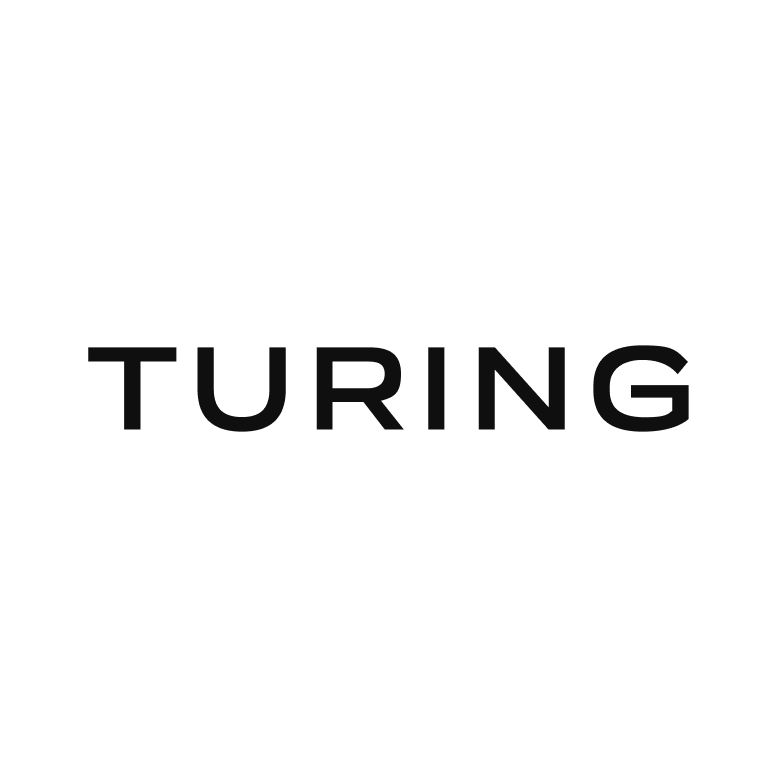AI execution isn't about shipping code. It's about shipping outcomes.
At Turing Intelligence, we work with enterprise teams to move beyond pilots and into production. Whether you're building agentic systems, model-integrated workflows, or new AI-powered products, we embed alongside you to deliver results—not just demos.
What AI Execution Looks Like (Done Right)
Execution is where most AI strategies fall apart. Many teams can identify use cases, prototype quickly, and even secure executive sponsorship—but few can consistently move AI projects from concept to enterprise-grade systems that deliver business value.
Why? Because execution requires more than just technical chops. It requires coordination, visibility, and accountability across teams. It requires a mindset that prioritizes iteration over perfection and business outcomes over technical novelty.
Great AI initiatives aren't just well-architected. They're well-integrated:
- Fast feedback loops
We test early and often so course corrections are quick and low-risk. - Cross-functional delivery
From design to deployment, we bridge product, engineering, and data science. - Metrics from day one
Every build tracks toward an outcome, not a checklist.
Execution means turning AI ambition into a reliable, operable, scalable system. No bloat. No lock-in. Just business impact.
Only 12% of enterprise leaders say they’ve been “very successful” in translating AI strategy into operational outcomes.
Why Co-Creation Works Better Than Traditional Delivery
Traditional AI delivery often looks like this: a vendor is hired, requirements are scoped, a handoff is made, and six months later a solution appears. Or doesn’t.
This waterfall-style model rarely survives the realities of enterprise constraints. Business needs shift, stakeholder alignment breaks down, and teams lose confidence in tools they weren’t involved in building.
Co-creation changes that by turning delivery into a collaborative loop:
- Turing pods embed directly into client workflows.
- Roadmaps are shaped dynamically alongside client teams.
- Technical architecture and process requirements evolve with constant input.
Clients stay involved. Teams stay informed. Output improves—and adoption follows.
Most delivery models fall short because they're too detached from the teams and workflows they're trying to support.
Turing's co-creation model avoids that by:
- Embedding pods in your workflows
Our teams run in your sprints, on your tools. - Building with your goals in mind
We scope against KPIs, not tickets. - Delivering incrementally
You see progress weekly, not quarterly.
This approach reduces risk, increases transparency, and improves adoption.
From Prototypes to Production Systems
We often see AI efforts stall at the proof-of-concept phase. A model works in isolation but fails when deployed. Why? Because most teams underestimate the importance of deployment readiness, edge case handling, and change management.
At Turing Intelligence, we treat every prototype as a stepping stone toward a scalable system. Our build process includes:
- Integration-first thinking
We validate compatibility with your infrastructure and data ecosystem early. - Security and governance
We include compliance considerations in the earliest phases. - Product thinking
We treat the AI system as a product with users, outcomes, and feedback loops.
And increasingly, that build process reflects emerging architectural patterns—from agentic workflows to reusable modules and orchestration-first design. These patterns, common in leading AI labs, help ensure that enterprise systems aren't just deployable—but adaptable and extensible.
This ensures that when you’re ready to scale, your AI isn't just functional—it's fit for purpose, resilient, and ready to deliver business impact.
Many AI projects die in the handoff. Ours don't.
Because we advise, augment, and build in concert, we don’t hand you a prototype and disappear. We partner through:
- Rapid prototyping cycles to validate feasibility.
- Architecture alignment to ensure scalability.
- Delivery workflows that integrate with your teams.
When you're ready to scale, you're not starting from scratch—you're building on top of something that's already working.
Ready To Build for Business Impact?
Prototypes don’t move the business—systems do.
If you’re ready to move past the pilot phase and into operational AI, we’re ready to partner. From KPI-scoped builds to embedded pods and real-world launches, Turing Intelligence delivers AI execution that lasts.
Ready to turn AI ambition into outcomes?
Whether you’re exploring GenAI pilots or scaling agentic systems, we’ll help you move fast—with strategy, engineering, and measurable results.




